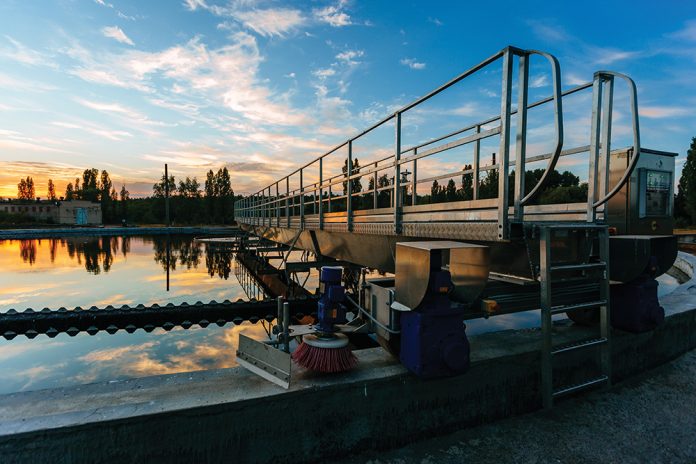Yorkshire Water has adopted the Esri ArcGIS Hub to share risk data for its first Drainage and Wastewater Management Plan (DWMP) with local stakeholders.
Identifying future risks to wastewater treatment and drainage networks, and coming up with long-term action plans to manage them, is the aim of Water UK’s national DWMP strategy.
This emerging regulatory requirement – set out in the Environment Bill – will be a mandatory long-term initiative, designed to promote transparent and comparable long-term actions for the sewerage system, and manage risks posed by issues such as climate change and population growth. Draft proposals based on the framework will be published next year to support business plans for the 2024 Price Review.
Collaboration between water companies – and all organisations directly involved in local drainage, flooding and environmental management – is key to the framework’s success, with risk data shared in innovative formats. The aim is to establish more integrated ways of working, ensure efficient investment and provide stakeholders with better information about services.
Yorkshire Water has used the Esri ArcGIS Hub to visualise data across a series of ArcGIS Online maps, dashboards and apps in a centralised system, while making sure the content is relevant to different stakeholder groups and organisations. User experience is customised and, as the DWMP data evolves, stakeholders will also be encouraged to share their own risk data through the Hub.
The feedback has been so positive that the company has extended the capabilities of ArcGIS Online by providing an operations dashboard to customers through a web link on the corporate website. The dashboard contains information on the Storm Overflows within the Yorkshire Water region where Event Duration Monitoring (EDM) is recorded. Customers can learn how Storm Overflows operate and see EDM data in terms of number of spills recorded (per year) and duration of spills (hours).
As Yorkshire Water strategic planner Luke Ferriday explained: “We’ve been using existing hydraulic models and produced new ones for our DWMP. They’re helping us look at all parts of the network, and how they interact with local drainage such as streams and rivers.
“For example, we ran ‘storms’ over the sewer system to help predict floodwater flow and identify at-risk areas. With the help of the latest climate change predictions from the Met Office and partner organisations, we’ve run lots of scenarios, projecting rainfall predictions for 2030, 2050 … even up to 2080.
“Over 600 wastewater treatment catchments were screened against a number of performance parameters and from this, 335 were taken forward on a risk basis for further analysis. This represents 99% of our customers, or over five million people.
“The intention of the DWMP was not to require significant amounts of modelling activity; however, the reality is that modelling has to be done to provide the right data and evidence to determine the scale of interventions and potential investment scenarios.”
Yorkshire Water has a designated inland bathing beach in its remit, the first in the UK, which throws up a unique challenge. “We’re doing a case study to share with the industry, as other inland beaches are bound to follow. We need to understand what is required in terms of current bathing beach regulations, and anticipate how the system may be retrofitted in the long term.”
To find out how ArcGIS enables organisations to collaborate more effectively with stakeholders in the water industry, visit esriuk.com/water or contact Craig Hayes, Head of Critical National Infrastructure at Esri UK on 01296 745599 or sales@esriuk.com.




